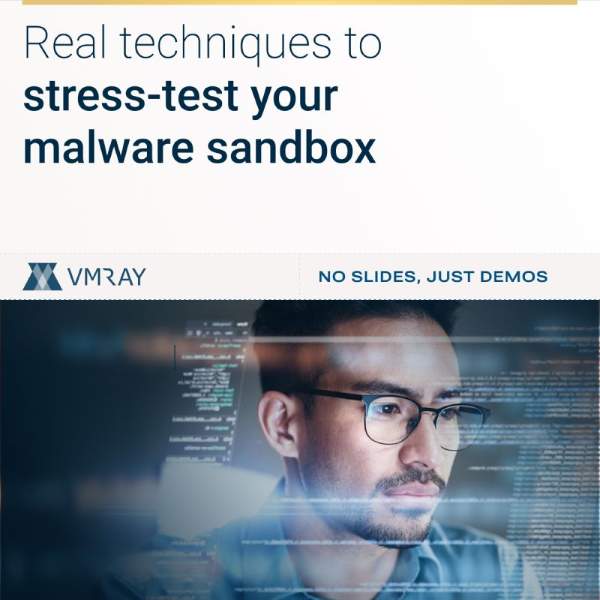Chapter 6: Integrating Deep Threat Analysis Fact-based security for Linux and Cloud
The increasing complexity of threats demands a proactive and strategic approach. In this chapter, we delve into the significance of integrating deep threat analysis into our security workflows for Linux and cloud environments. As the threat landscape evolves, understanding the “how” behind attacks becomes paramount, guiding us towards precise defense strategies that counteract mere guessing and prediction.
Data-Driven Defense: Harnessing Deep Analysis for Effective Linux and Cloud Protection
As the digital landscape expands, so does the sophistication of cyber threats, particularly in Linux and cloud environments. Navigating this intricate terrain requires more than conventional security measures. It demands a data-driven and fact-based approach that delves into the behavior and tactics of malicious actors.
Deep threat analysis emerges as a beacon in the face of growing threats, enabling us to gain insights into attacker tools, techniques, and procedures. While threat intelligence tools offer assistance, their effectiveness hinges on tailoring them to specific organizational needs. Fostering deep insights, such as understanding malware behavior and communication patterns, becomes vital for proactive threat hunting.
From Complexity to Clarity: The Power of Advanced Threat Analysis
Deconstructing attacks goes beyond identifying the “who” and delves into understanding the “how.” This is where deep threat analysis shines, helping us uncover the intricacies of malware’s intentions, communication networks, and persistence mechanisms. Precise security is rooted in knowledge, enabling us to counter evasion tactics and identify unique markers in attacks.
By harnessing the power of malware clustering, we transform isolated instances into patterns, revealing the handiwork of single adversaries behind multiple campaigns. This data-driven approach streamlines investigation efforts, saving time and yielding better results.
Precision in Action: The Framework for Integrating Advanced Threat Analysis into Linux Security
Unlocking the potential of advanced threat analysis, our innovative workflow integrates seamlessly into the Linux security landscape. The process begins by identifying anomalies within Linux workloads, promptly flagged by EDR solutions. These anomalies are further complemented by data correlations from the cloud, collected through SIEM systems, providing a comprehensive view of potential threats.

Taking a step beyond, suspicious samples are automatically submitted to a robust malware analysis solution, featuring a resilient sandbox. This automation, facilitated through built-in connectors or APIs, streamlines the process. The solution not only classifies malware families but also extracts vital Indicators of Compromise (IOCs) and Tactics, Techniques, and Procedures (TTPs). This rich insight empowers the transition from hypothesis to fact-based action, fueling strategies including IOC-based, TTP-based, and event-based threat hunting.
This framework serves as the bridge between emerging threats and informed action, enabling security professionals to confront the complexity of modern cyber threats with precision and proactivity.
Moving forward, we’ll delve into the heart of Linux threats through the lens of runtime execution of Linux malware samples. We’ll explore practical examples and representations of how deep threat analysis integrates seamlessly into detection workflows within cloud environments. This aligns with the day-to-day operations of Security Operations Centers (SOCs), enabling them to leverage deep analysis for extracting valuable threat intelligence that guides proactive defense. The bottom line is clear: without deep threat analysis, we rely on guesswork; with it, we attain precision and effectiveness in our security strategies, making the most of the detection tools at our disposal.
Stay tuned for a deeper dive into Linux threats as we explore real-world examples and analysis that will empower you in the face of evolving cyber threats.


